Dylan’s piece of the puzzle: The crossword
Junior Dylan Cohen thinks exclusively in the form of crossword puzzles.
Have you ever taken a glance at a crossword puzzle that you saw somebody working on and thought, “how in the world could someone even solve that?”
Maybe you’ve done a crossword or two as busywork in school, but a crossword in a newspaper just seems too intimidating. Turns out, you aren’t alone in this situation. The smartest English teacher in the world could have trouble with a crossword, but a few tips and tricks could get you a long way.
Finding the right puzzle
To begin, you’ll want to consider the day of the week that the puzzle you’re working on was published. This may seem silly, but major publications such as the New York Times and the LA Times increase the difficulty of their puzzles as the week passes. If you’re just starting your crossword adventure, working on a Monday puzzle will be the best option. If a full-sized crossword puzzle still sounds like too much, the New York Times posts “Minis” everyday for a quick way to get your crossword fix. These 5×5 puzzles are a great way to practice your solving skills.
Themes and tricks
Crossword creators, especially ones of major publications, like to theme their crossword puzzles or have patterns throughout the entire puzzle. A theme could be related to anything, from catch phrases, to movies, to sports, to art and everything in between. Crosswords that do not have themes will typically have a sneaky pattern. These patterns would usually appear later in the week, as they can be tricky to figure out and catch onto. Patterns could include omitting letters, repeating syllabic sounds, or even having a rebus (multiple letters in one square). It is also common for two or more clues to be interconnected, especially when hinting at answers to other clues or for two-worded answers.
Wording of clues
When reading a clue, it can be difficult to figure out the author’s intent behind it. The wording of crossword clues can vary, with some clues having one word and others having seemingly unnecessary explanations. Common examples of extra explanations include brackets, italics, “in a way,” question marks, “for one,” “for some” and “maybe.” These extra explanations may seem confusing, but they will always give hints as to how the answer is phrased. Of course, this is not extensive as crossword writers are constantly coming up with more. For more information about wording, you can visit this New York Times article.
Where to access puzzles
Now that you know a thing or two about crossword puzzles, where will you start this crossword journey? Although some websites require a subscription in order to complete a crossword, there are endless puzzles that do not require any kind of payment. Dictionary.com and the Washington Post are two great resources to get started, but even just typing “crossword puzzle” into a search engine will yield millions of results.
Your donation will support the student journalists of Thomas S. Wootton High School. Your contribution will allow us to purchase equipment and cover our annual website hosting costs.
Dylan is a 2023 graduate.


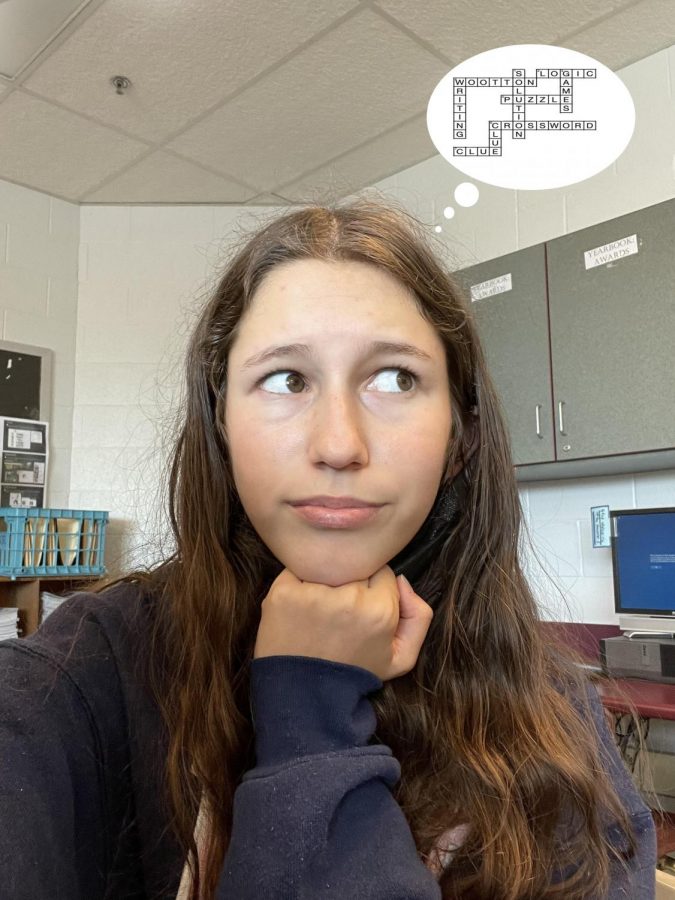
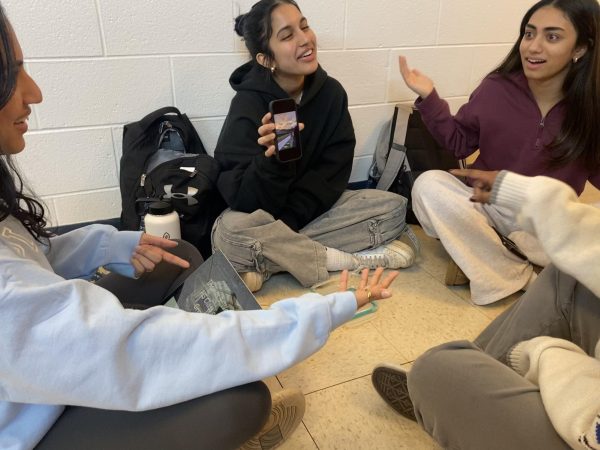
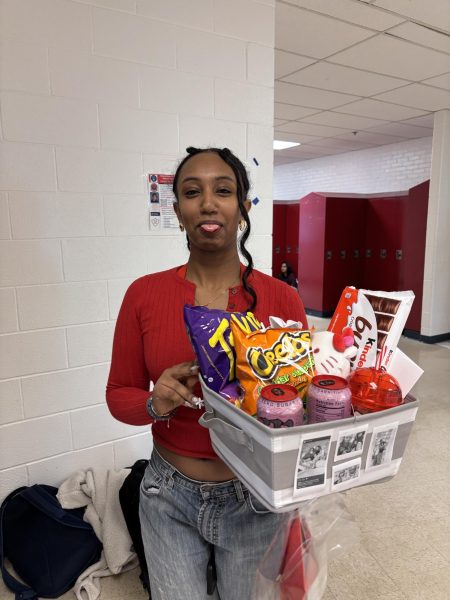
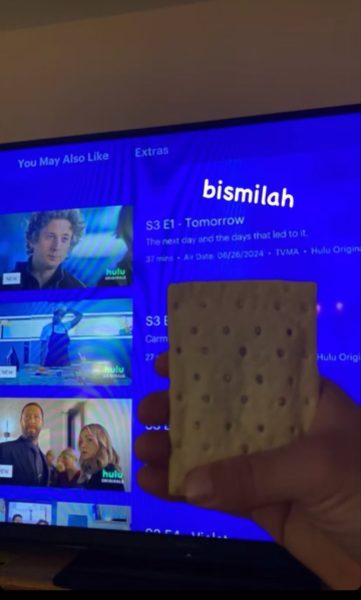
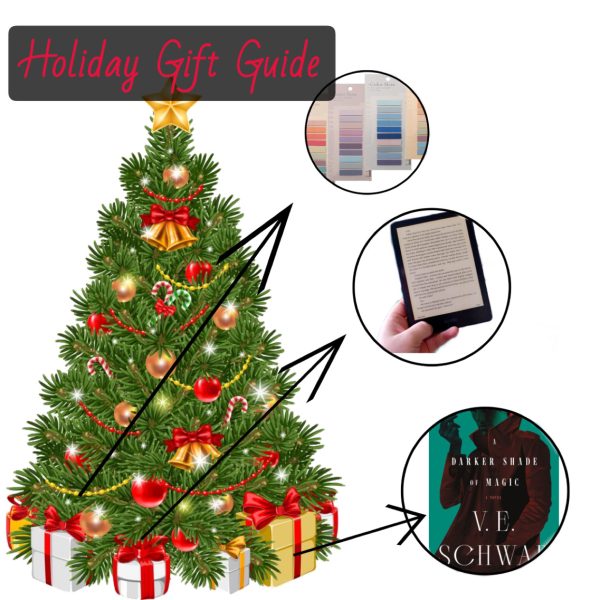
![Junior Grace Song rewatches the trailer for Anora. Promoted as "A Love Story from Sean Baker," it is the eighth feature film under Baker's belt starring Mikey Madison in the titular role. "[Anora] accurately represents women overseen and easily taken advantage of. It emotionally enticed me. The ending is so good," Song said.](https://woottoncommonsense.com/wp-content/uploads/2024/11/Rc5RQTdjtUFtyT7IyQe1rSxkpOTc6NoksY8jtoop-e1732201365565-600x450.jpg)